Practical AI in AEC: How to Start, What to Measure, and What to Avoid
In this article, we’ll cover how to build a company culture that embraces AI, where and how to start integrating it into your workflows, common reasons AI projects fail, and the governance practices that can help position your firm at the forefront of this emerging technology.
Introduction: Thinking About AI
The hype and frequent updates around AI can be daunting when trying to understand where to start. The good news is that you don’t need to jump on every shiny, new tool that launches. The key is to stay grounded: understand how AI and automation can actually help your business.
Let’s clarify the difference between AI and automation and how they offer value:
-
Automation = rule-based, deterministic, great for repetitive tasks - Example: Automatically filling out a timesheet based on calendar and jobsite data
-
AI = probabilistic, adaptive, pattern-recognizing systems - Example: Predicting delays in a project schedule
So why does AI matter for your firm?
- Do more with less – scale your team’s output without adding headcount or overhead
- Work smarter – process massive amounts of data quickly to uncover insights you’d otherwise miss
- Boost capabilities – assist, augment, and amplify your team’s expertise so they can focus on higher-value work
- Run around the clock – AI doesn’t need breaks and can work 24/7 (with the right cost controls in place)
Why Now?
We are still in the early stages of AI adoption in the AEC industry, but that doesn’t mean you should wait to get started. Becoming AI literate now will prepare you to integrate new tools when it makes sense for your business and give you an edge as the technology matures.This isn’t just theoretical. Organizations across industries are already realizing measurable benefits from digital transformation, in customer satisfaction, productivity, and innovation. As the chart below shows, the majority report more than 50% ROI.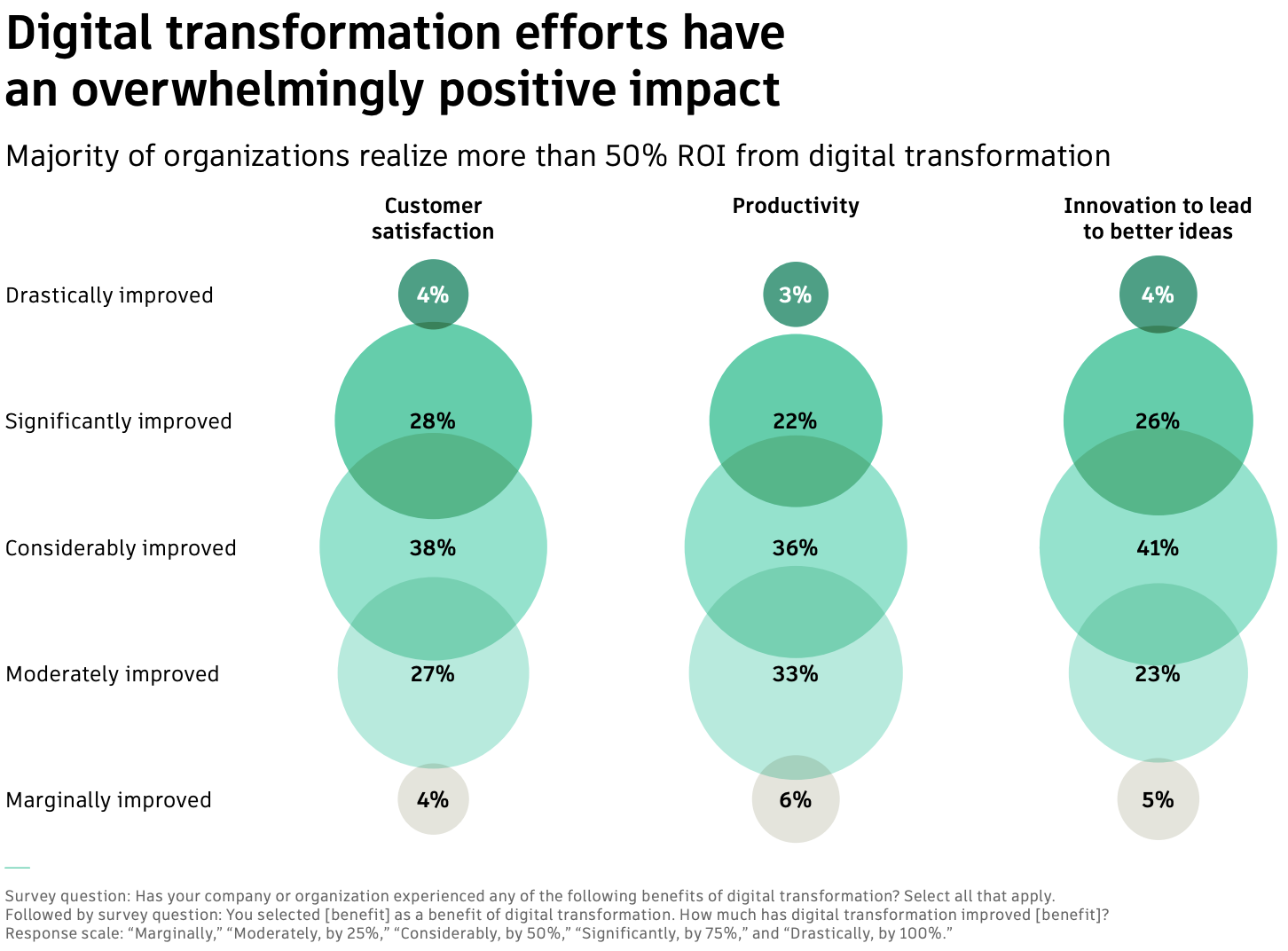
Fig. 1) Digital transformation efforts have an overwhelmingly positive impact. Source: 2025 State of Design & Make Report (Autodesk, 2025, p. 7).
Create a Successful AI Culture
AI innovation begins with a with a culture that embraces experimentation and learning. As tools continue to develop and improve, it’s important to have a team that is AI literate and ready to integrate tools when needed.- Dedicate 10–15% of time to experiment with AI tools and coding
- Run internal hackathons or learning cohorts
- Reassure people: AI is here to enhance, not replace
- Communicate how AI benefits their work (e.g., more time to focus on enjoyable tasks)
- Use platforms like Coursera or DeepLearning.AI
- Bring in AEC-focused consultants like YegaTech or AI in AEC for workshops
- Attend conferences like AEC Innovate or BuiltWorlds
How to Begin: A Problem-Based Approach
Focus on your business bottlenecks and inefficiencies first. Forget “Which model should I use?” and start by asking:- Which tasks in your workflow are highly repetitive or consume a lot of time?
- Are there bottlenecks where additional hiring is being considered to meet demand?
- Where do errors commonly occur, causing rework or delays?

- The process is rule-based and predictable
- Data inputs and outputs are well-defined
- You want to reduce manual repetition
- You have quality data to learn from
- Patterns or relationships are too complex for fixed rules
- You can clearly define what a “good” result looks like
How to Start Integrating
Successful AI integration combines technology with human expertise. Most AI tools work best when humans remain in the loop, providing oversight and judgment.Human-in-the-Loop (HITL) systems blend machine efficiency with human decision-making by:
- Allowing humans to review and correct AI outputs
- Preventing costly errors in complex or ambiguous scenarios
- Building trust and increasing adoption among your team
Think Big: Define a long-term vision of where AI could transform your workflows
Start Small: Begin with a single high-impact, low-complexity use case and implement a quick prototype or pilot.
- Identify easy wins (e.g., AI meeting notetakers, LLMs like ChatGPT for proposal drafting)
- Spend 1–2 weeks testing and evaluating multiple tools
- Use resources like aec + tech, which has a vetted database of 500+ AEC-focused tools organized by workflow, role, and use case, to find solutions that fit your needs
- Decide whether to start with an off-the-shelf solution or invest in a custom build. Use these criteria:
- Buy when you need speed, minimal maintenance, and a proven tool exists.
- Build when you have unique needs, internal dev/ML staff, or require full control over data and functionality.
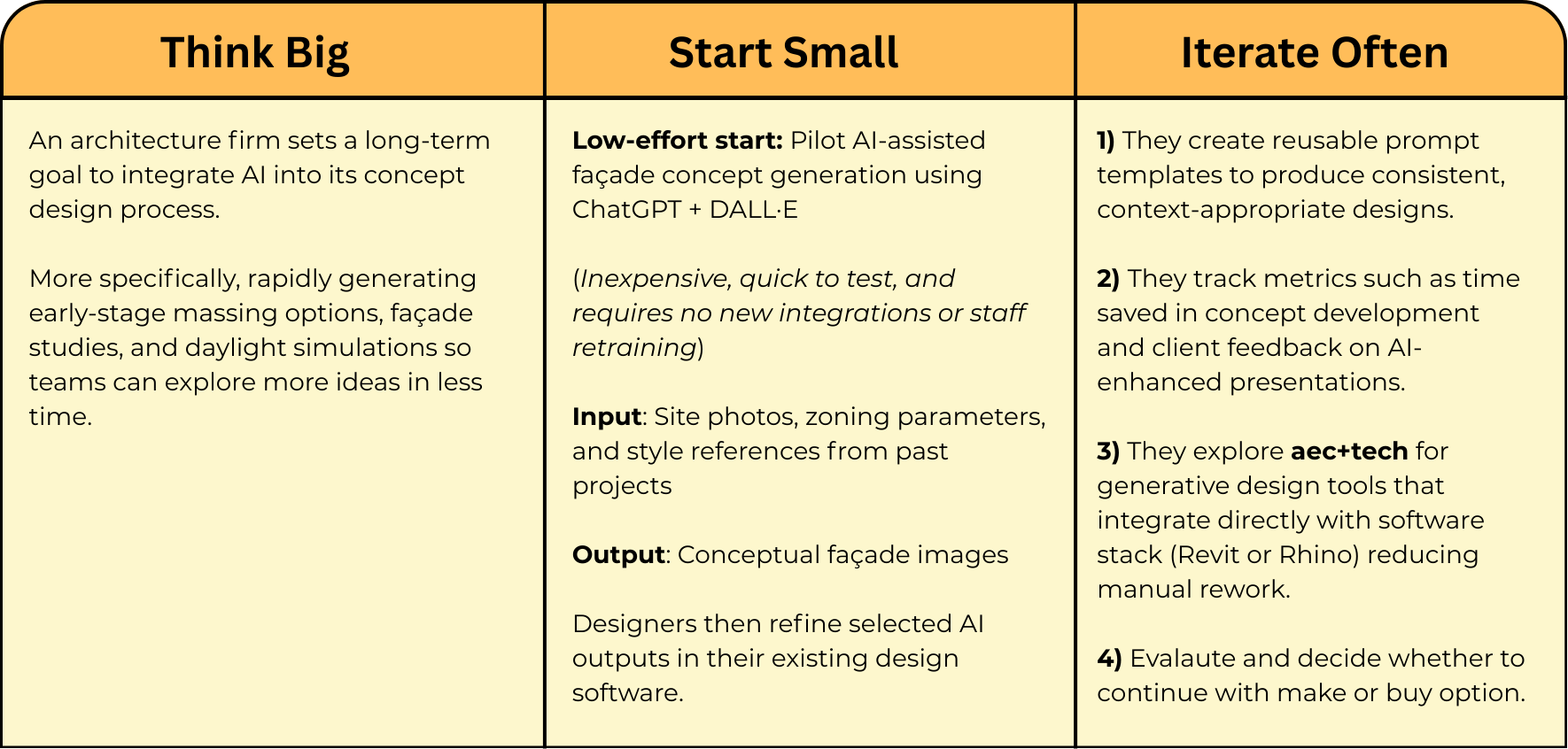
Understand Your Data for AI Readiness
Where data lives: Dropbox, SharePoint, Procore, email.
What’s usable:
- Structured data — neatly organized and easy for AI to read (spreadsheets, databases, standardized forms).
- Unstructured data — needs extra processing (documents, PDFs, images, videos, voice recordings).
- Tagged vs. raw — tagged items include labels (e.g., “safety hazard” in a photo); raw files lack labels and need preprocessing.
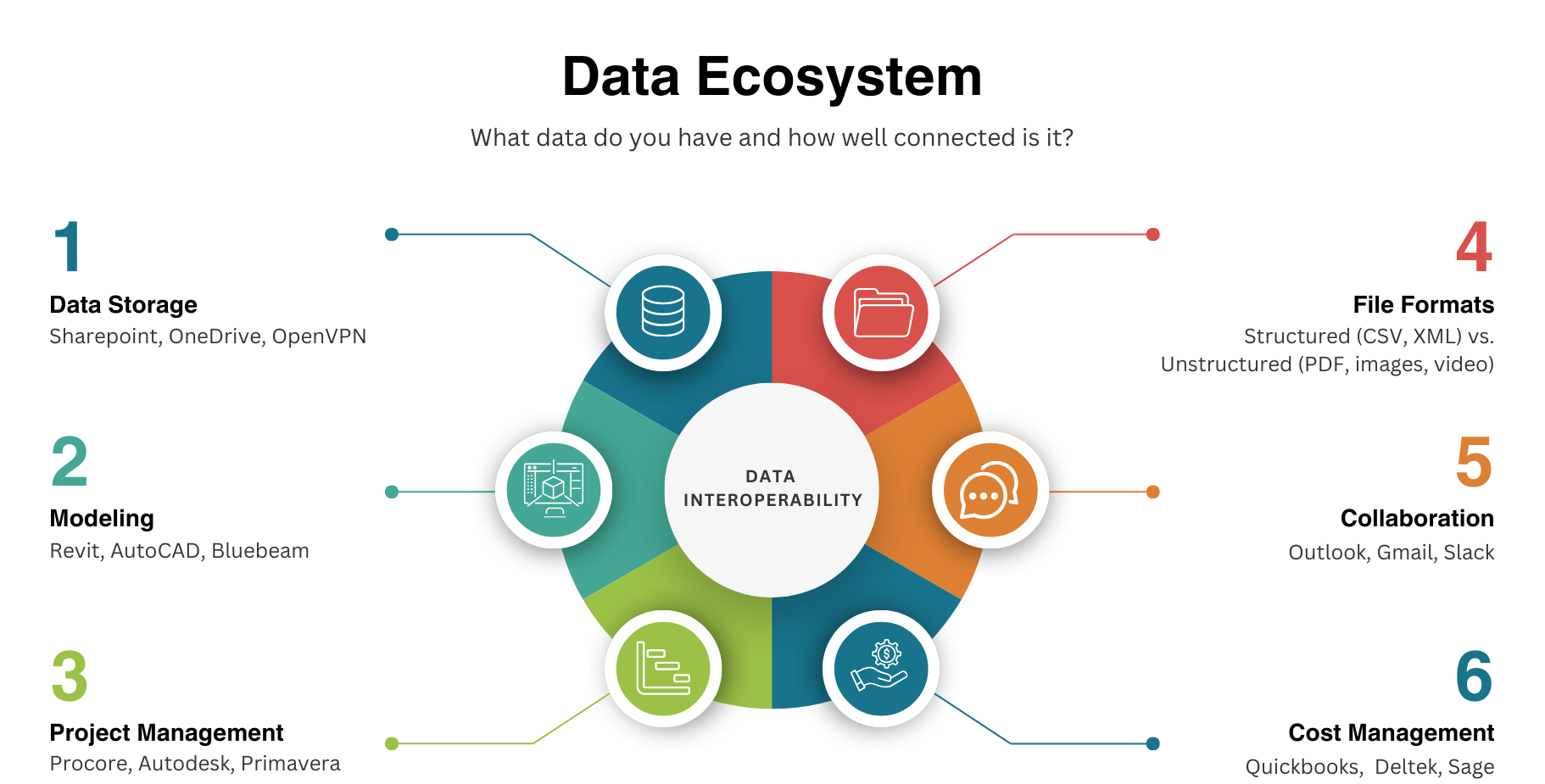
Why AI Projects Fail
- Data Problems (Quality, Readiness, and Silos): Over 80% of the time consumed in AI projects is data engineering related: collecting, cleaning, and organizing information. Poor quality or siloed data (files scattered across teams, departments or offices) makes AI far less effective. Integrated pipelines improve accuracy, reduce redundancy, and unlock better insights.
- Proof of Concept Trap: Demos are impressive, but moving to real-world value means testing with actual project data and workflows.
- Lack of ROI Focus: Not every problem is worth solving with AI. Prioritize use cases with measurable business benefits.
- Falling for Vendor Hype: Beware of tools that overpromise and underdeliver. Ask hard questions about what the tool can deliver now, not just in a future release.
- Mismatch with Real Conditions: Models that work well in isolated or controlled environments may fail under real project conditions without ongoing monitoring and iteration.
Responsible AI: Ethics, Privacy, and Governance
AI can go wrong, that’s why governance and data privacy matter. Before testing any AI tool, even in a small pilot, confirm:- Data classification: Identify whether files contain confidential client information, IP, or regulated data.
Privacy settings: Ensure the tool is not training on your inputs (e.g., use ChatGPT Team or Enterprise rather than the free version). - Storage location: Verify where the data is stored (US, EU, on-premises) and whether that meets contract or regulatory requirements.
- Access control: Limit AI tool access to authorized team members during pilots.
- Anonymization: Remove project names, addresses, or identifying details when possible.
- Retention policy: Know how long the vendor stores uploaded data and how to delete it.
- Audit trail: Keep a log of AI-generated outputs, decisions, and human reviews for accountability.
Frameworks to Explore
CPMAI (Cognitive Project Management for AI): A project management method tailored for AI initiatives.NIST AI Risk Management Framework: A structured set of practices for identifying, assessing, and mitigating AI risks, ensuring trustworthy and ethical AI systems that meet business and compliance needs.
AIA Artificial Intelligence Policy Resolution: The resolution passed in June 2025, setting the direction for responsible AI integration in architecture. Detailed policies and frameworks are currently being developed as part of the AIA’s ongoing strategic efforts.
Final Thoughts
AI has massive potential for the AEC industry and doesn’t have to be scary or overwhelming. In fact, it should be an exciting opportunity to innovate.- Start where it matters: your firm’s biggest bottlenecks
- Empower your team to explore
- Use your IT budget effectively
- Stay curious and keep learning

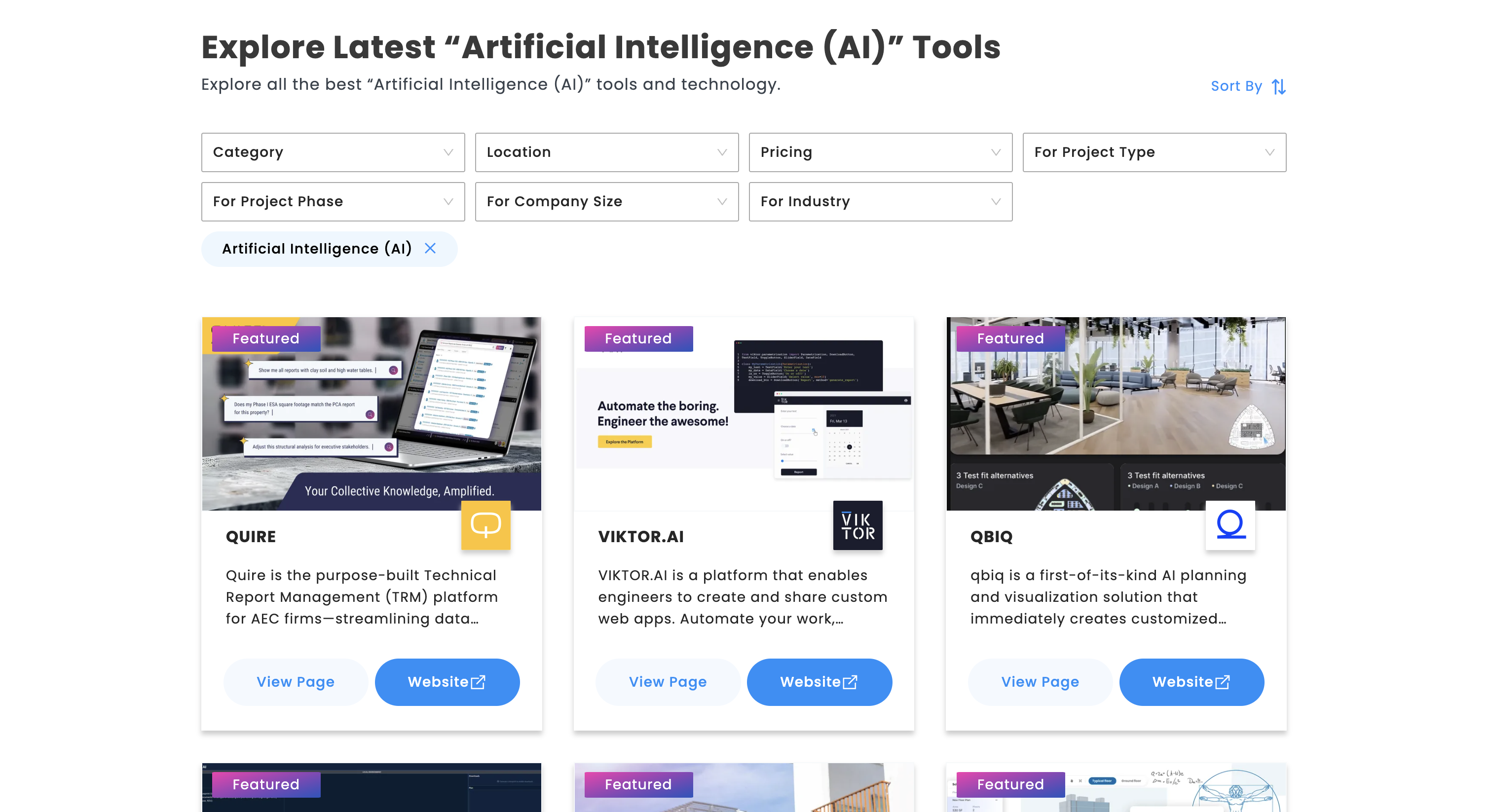
References
AEC Innovate. (n.d.). Accelerating innovation in architecture, engineering, and construction. Retrieved August 2025, from https://go.psmj.com/aec-innovateAI in AEC. (n.d.). Applying artificial intelligence in architecture, engineering, and construction. Retrieved August 2025, from https://aiinaec.com/
BuiltWorlds. (n.d.). Connecting the construction technology ecosystem. Retrieved August 2025, from https://builtworlds.com/
Vincent Callebaut Architectures. (2014, February 20). Flavours Orchard. Vincent Callebaut Architectures. https://www.vincent.callebaut.org/object/140220_flavoursorchard/flavoursorchard/projects

Nicholas Sebald, PE, is an AI Strategist with a background in structural engineering and an MSc in Data Science & AI Strategy. He works at the intersection of AEC and technology to improve efficiency, reduce risk, and reimagine what’s possible in the built environment.
Recent Articles
Learn about the latest architecture software, engineering automation tools, & construction technologies

Pioneering Technical Report Management (TRM™) for AEC Firms: A Quire Deep Dive
Learn how Quire founder Kelly Stratton is reinventing technical reporting in our latest aec+tech interview, where its purpose-built TRM™ platform, WordBank-powered standardization, AI-driven Smart Search, quality control, and the Lazarus knowledge engine come together to help AEC, environmental, and CRE teams cut reporting time and errors while unlocking their institutional expertise.

Moving to the Cloud: Egnyte’s Staged Approach for Architecture Firms
As projects grow, AEC firms are rethinking data management and collaboration. This article outlines Egnyte’s six-stage Architecture Cloud Journey—a practical roadmap for moving from on-premise systems to secure, collaborative cloud environments. From assessment to continuous improvement, it shows how to streamline workflows, strengthen security, and future-proof with AI-ready infrastructure.

SaaS Founders: Are You Timing Your GTM Right?
This article was written by Frank Schuyer, who brings firsthand experience as a founder in the software and SaaS world. In this piece, he explores how founders can unlock faster growth and stronger market traction by integrating go-to-market strategy (GTM) from the very beginning of product development—rather than treating it as an afterthought.
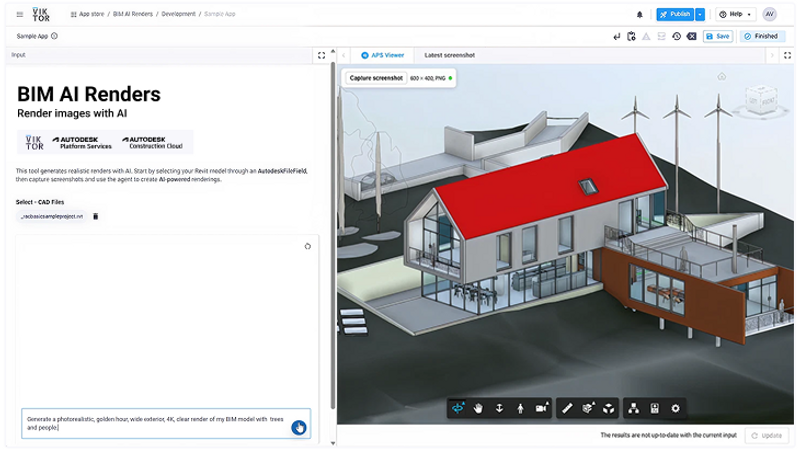
The VIKTOR App Builder: Putting Automation into Every Engineer's Hands
The VIKTOR App Builder is changing how engineers automate their work. Built on VIKTOR’s secure, enterprise-ready platform, it lets users turn calculations, checks, and post-processing tasks into shareable browser-based apps—no coding required. In this interview, CPO Stijn Jansen explains why the team created it, how it bridges no-code, low-code, and full-code workflows, and what it means for the future of AI-assisted engineering.